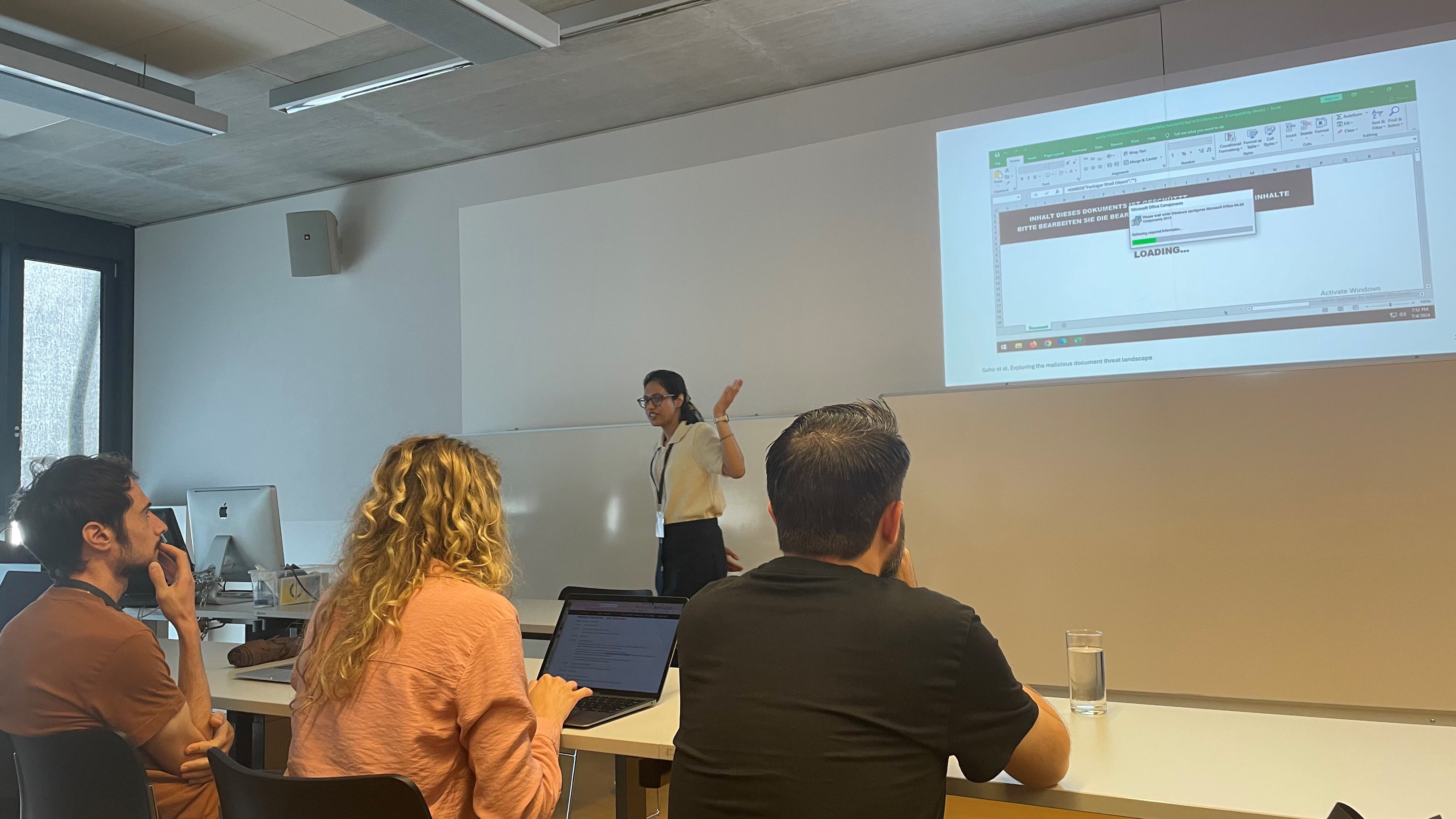EuroS&P 2024 and WoRMA
The 9th IEEE European Symposium on Security and Privacy (EuroS&P) will take place from July 8-12, 2024, at the University of Vienna.
EuroS&P stands as one of Europe’s premier conferences in computer security and electronic privacy. Organized this year by SBA Research in collaboration with the University of Vienna and TU Wien, the event aims to highlight cutting-edge advancements in the field and promote invaluable networking opportunities among researchers and industry practitioners. The 2024 edition of EuroS&P is expected to draw an impressive gathering of over 200 renowned researchers and professionals from more than 30 countries, reflecting its global influence and importance. Matteo Maffei has taken on the role of General Chair, alongside Edgar Weippl (University of Vienna). They are tasked with ensuring the seamless organization and successful execution of the conference. Additionally, Marco Squarcina is involved as a member of the Program Committee. The conference not only serves as a platform for presenting research and sharing insights but also fosters collaborations that drive innovation and address key challenges in the realms of cybersecurity and privacy.
At the 3rd Workshop on Rethinking Malware Analysis (WoRMA), co-located with IEEE EuroS&P 2024, Aakanksha Saha presented the paper titled ‘Exploring the Malicious Document Threat Landscape: Towards a Systematic Approach to Detection and Analysis,’ co-authored with Jorge Blasco and Martina Lindorfer. They performed a measurement study that leveraged existing tools and techniques to detect, extract, and analyze malicious Office documents. They collected a substantial dataset of 9,086 malicious samples and revealed a critical gap in the understanding of how attackers utilized these documents. Their in-depth analysis highlighted emerging tactics used in both targeted and large-scale cyberattacks while identifying weaknesses in common document analysis methods. Through a combination of analysis techniques, they gained crucial insights valuable for forensic analysts to assess suspicious files, pinpoint infection origins, and ultimately contribute to the development of more robust detection models. The team made their dataset and source code available to the academic community to foster further research in this area.
Aakanksha Saha also participated in a panel on ‘Rethinking Malware Analysis.’


